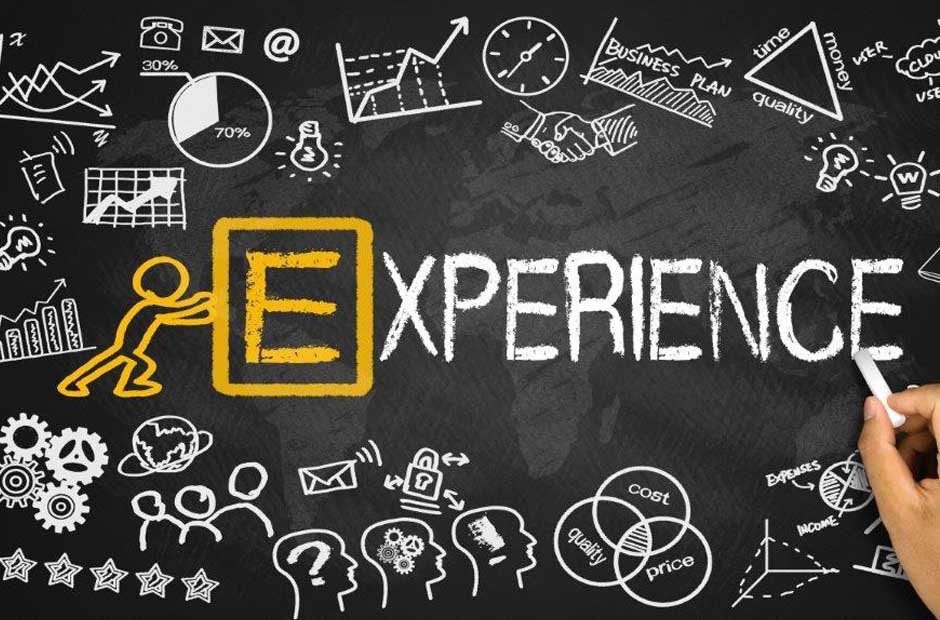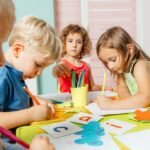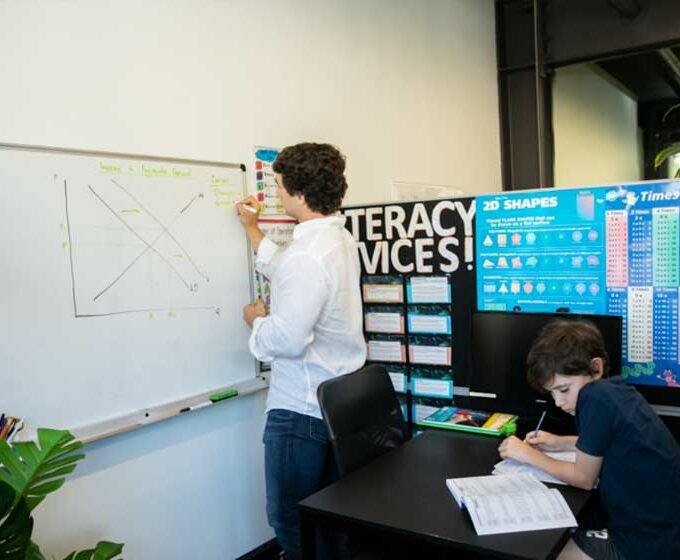In the rich tapestry of educational philosophy, the concept that the environment acts as a third teacher is a profound acknowledgment of its role in shaping the learning experience. This understanding transcends the traditional view of education as merely the transfer of knowledge, highlighting the intricate dance between the learner, the educator, and the environment in which learning unfolds. Within this dynamic interplay, methodologies like those practiced in Montessori Ryde illuminate the potency of environment as a catalyst for guided growth, nurturing curiosity, and fostering an enduring love for learning.
Crafting Spaces of Discovery
The heart of a transformative learning environment is its ability to inspire discovery and invite engagement. Beyond the mere aesthetics, these spaces are thoughtfully designed to provoke wonder, stimulate inquiry, and facilitate hands-on exploration. Every element, from the placement of furniture to the selection of materials, is intentional, creating a landscape rich with possibilities for learning and growth. This deliberate crafting of spaces respects the developmental stages of learners, offering them the autonomy to explore, make choices, and engage deeply with their interests.
The Montessori Method: An Environment Built on Respect and Independence
The Montessori philosophy, practiced in places like Montessori Ryde, exemplifies the profound impact of the environment on learning. Montessori environments are meticulously prepared to offer children the freedom to choose their activities and work at their own pace, within a structure that naturally guides their learning journey. This approach fosters independence, responsibility, and self-discipline, empowering learners to become active participants in their education. The emphasis on hands-on learning materials and real-life tasks further enriches the experience, making learning relevant, engaging, and deeply absorbed.
Nature as Classroom: The Outdoor Learning Movement
The outdoor learning movement brings to light the immense educational potential of the natural world. By extending the classroom into the outdoors, learners are given the opportunity to interact with their environment in meaningful ways, developing a sense of wonder and appreciation for the natural world. This immersion in nature not only enhances physical well-being but also offers rich contexts for cross-disciplinary learning, from science and math to literature and the arts. The unpredictability and openness of natural spaces encourage problem-solving, creativity, and adaptability, key skills in today’s ever-changing world.
Technology and Environment: Navigating the Digital Landscape
In the digital age, the learning environment extends beyond physical and natural spaces to encompass the virtual world. Technology, when integrated thoughtfully, can expand the horizons of the learning experience, offering access to a wealth of information, resources, and global perspectives. However, the challenge lies in balancing screen time with hands-on, real-world experiences, ensuring that technology enhances rather than detracts from the learning journey. Educators play a crucial role in navigating this balance, leveraging digital tools to enrich the curriculum while fostering digital literacy and responsible online behavior.
Community as Classroom: Learning Beyond Walls
The concept of community as a classroom expands the learning environment to include the local community and beyond. This approach recognizes the wealth of learning opportunities that exist outside traditional educational settings, from museums and businesses to public institutions and community organizations. Engaging with the community not only brings learning to life but also fosters a sense of civic responsibility, social awareness, and connectedness. Through partnerships and collaborations, learners can undertake real-world projects and initiatives that make a tangible difference, embodying the principle of education as a force for positive change.
Emotional Climate: The Underlying Atmosphere of Learning Environments
The emotional climate of a learning environment is as crucial as its physical and intellectual components. A positive, supportive atmosphere, where learners feel safe, respected, and valued, lays the groundwork for effective learning. This climate is cultivated through strong relationships, clear communication, and a culture of empathy and inclusion. When learners feel emotionally secure, they are more willing to take risks, make mistakes, and engage deeply with the learning process, driving growth and development.
Cultivating a Culture of Curiosity
At the core of a vibrant learning environment is a culture that celebrates curiosity, encourages questions, and embraces the joy of discovery. This culture is nurtured by educators who model a love for learning, challenge learners to think critically, and provide opportunities for exploration and experimentation. By valuing the process of learning as much as the outcomes, educators can foster a mindset of lifelong learning, preparing learners to navigate the complexities of the world with confidence and curiosity.
Environments That Enlighten
The role of environment in shaping the learning experience is multifaceted and profound, encompassing physical spaces, emotional climates, and cultural contexts. From the structured, intentional design of Montessori classrooms in Ryde to the boundless classroom of the natural world, learning environments have the power to guide growth, inspire discovery, and transform lives. As we continue to explore and understand the dynamic relationship between learners and their environments, we open new pathways to education that is not only effective but also joyful, meaningful, and deeply human. In these environments, we find not just the acquisition of knowledge, but the awakening of wonder, the nurturing of creativity, and the birth of innovation—true hallmarks of educated minds and enlightened hearts.
















